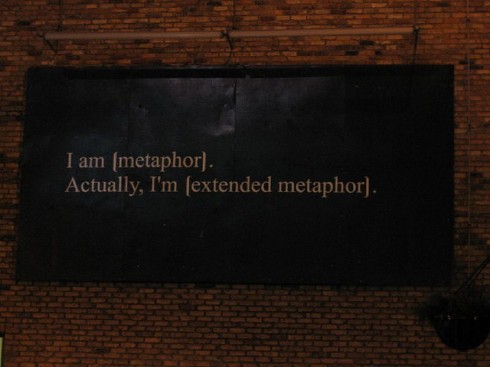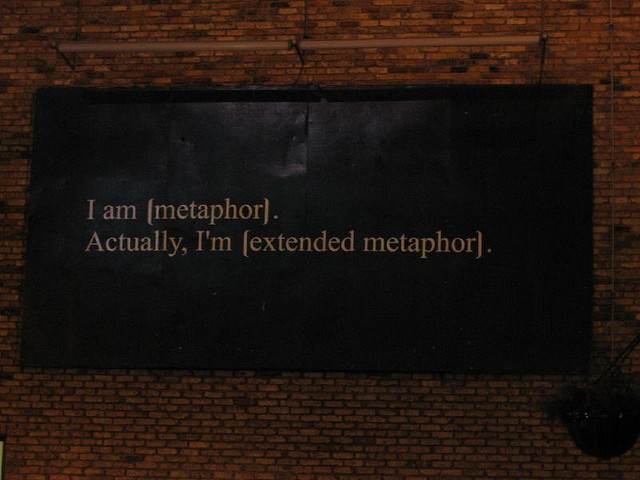
The metaphors we use to describe digital technology end up misleading us.
We attempt to understand new technologies by bringing the context of previous experiences and hoping to find relevant analogies, but those analogies often carry other unintended meanings and can obscure possibilities.
For example, we think of the urls our browsers request as:
- Sites we visit (geographic / spatial metaphor, as in cyberspace)
- Pages we read (publishing / media metaphor, as in web publishing or content management)
- Applications we use (software metaphor – as in web applications)
- Communities we join and interact with (sociological metaphor, as in online community management)
- Stores we browse and shop (retail metaphor)
In turn, this means we think of the people who interact with our digital experiences as visitors, readers, users, members, and shoppers. These get all mixed together in actual usage, and there are complexities in each. (In social networking, for example, we also think of each user/member as a node in a network – drawing on a shared mathematics concept which underlies computer networking, social networking, and graph theory).
The challenge is how to use these metaphors to understand the new experiences while being careful not to let them constrict our thinking about what is possible.
Continue reading →






